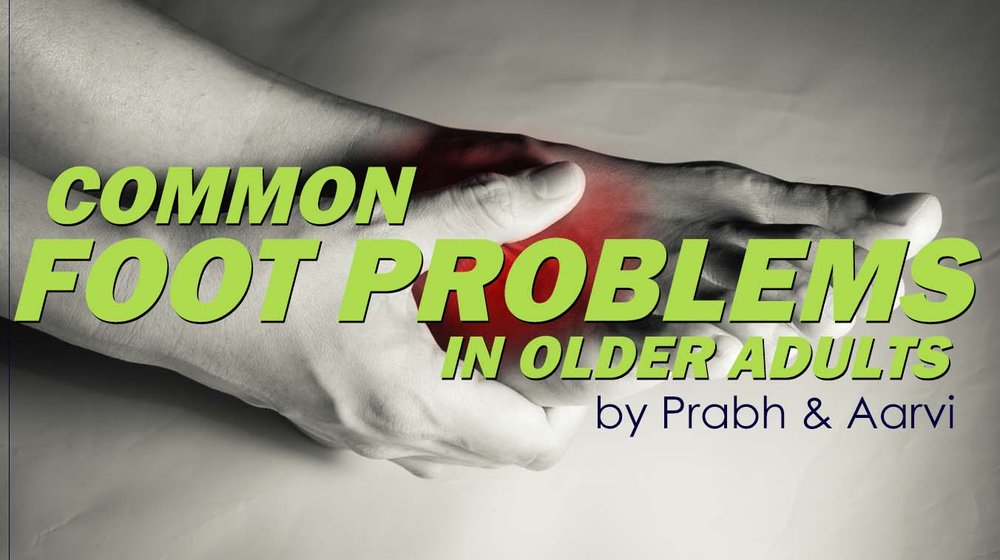Some of the most common foot problems in older adults include bunions, corns, calluses, hammertoes, ingrown, thickened or discolored nails, diabetic foot conditions, poor circulation, and heel pain.
There are a number of factors that cause these issues or problems however it can be prevented by being aware of foot health and getting regular check-ups.
CAN YOUR FEET GROW IN YOUR 50S?
This is a common theme that occurs and can feel like you have to go up in size with your footwear. But that does not mean your bones or length of foot has grown but rather the fatty padding on the soles of your feet has decreased a considerable amount. Also in part because of weight gain that puts greater pressure on your feet. This can lead to increased fluid in foot leading to a change in size.
The ligaments and tendons have lost some of their elasticity over time which also predisposes them to potentially painful ruptures or microtears. This can lead to your feet getting flatter and wider over time. A common case is during pregnancy your foot size can grow due to the hormone relaxin which is responsible for helping to soften and loosen your ligaments and tissues.
WHAT DOES ARTHRITIS IN THE FOOT FEEL LIKE?
As you get older, you have a higher risk of arthritis. The joint damage from this condition can cause swelling, pain, and physical changes in your feet and ankles. You slowly lose the smooth “cushioning” cartilage inside them. As a result, your bones rub and wear against each other. Soft tissues in your joints also may begin to wear down.
Commonly it will make it difficult to transfer weight onto your foot especially when moving like walking. There will be more pain and swelling after you rest such as first thing in the morning and at night time.
Joint stiffness and warmth, can also be noted which can make it difficult to move and restrict movement patterns on a daily basis.

WHAT CAUSES FOOT PAIN IN OLD AGE?
As mentioned before, factors such as ageing, fat pad stiffness and slower recovery times can contribute to foot pain. However, foot pain can be caused and usually classified into two primary categories (Menz, 2016); conditions caused by local factors and conditions caused by systematic factors. Local factors include structural disorders that affect the load bearing function of the foot and systematic factors include dermatological, vascular, neurological and musculoskeletal conditions that may manifest in the foot (OA, RA, Gout, Diabetes).
In addition to these, there are numerous predisposing factors that can both cause foot pain in older people. Many studies that have shown factors such as sex (female), obesity, depression, diabetes and osteoarthritis (Mickle & Steele, 2015) all being contributing factors to developing foot pain with age. Further, being female and having osteoarthritis were shown to have the strongest associations with foot pain.
HOW DO YOU TREAT AGEING FEET?
Taking care of your feet when you are older is very important. This is the case as foot impairment can contribute to falls, immobility, the progression of frailty and resultantly, greater levels of dependence. It is also important to note that you have to consider the impact of different strategies to manage foot pain / care in older adults and to consult a podiatrist or physiotherapist before undertaking any new treatments.
That being said, here are some simple things that have been shown to help with ageing feet –
- Regular check-ups with a healthcare professional – Signs of deterioration or certain conditions associated with the foot can be very subtle. Prevention is the best protection and getting the condition assessed and treated before it progresses is vital
- Nails – Nails that are poorly maintained or looked after can very easily become ingrown which can lead to pain and immobility
- Skin quality – Dry and cracked skin can lead to sores which are areas that are rife for infection. Cellulitis (bacterial skin infection) is very common in elderly people and often recurs. Good skin hygiene such as moisturising can reduce the risk of this recurring
- Good footwear – A good pair of closed heel flat shoes with good shock absorption promotes good walking posture and balance whilst reducing any risk of chaffing or rubbing. Further, it can greatly help joints and the soft tissues in the foot working properly!
References
Muchna, A., Najafi, B., Wendel, C. S., Schwenk, M., Armstrong, D. G., & Mohler, J. (2018). Foot Problems in Older Adults Associations with Incident Falls, Frailty Syndrome, and Sensor-Derived Gait, Balance, and Physical Activity Measures. Journal of the American Podiatric Medical Association, 108(2), 126–139. https://doi.org/10.7547/15-186

